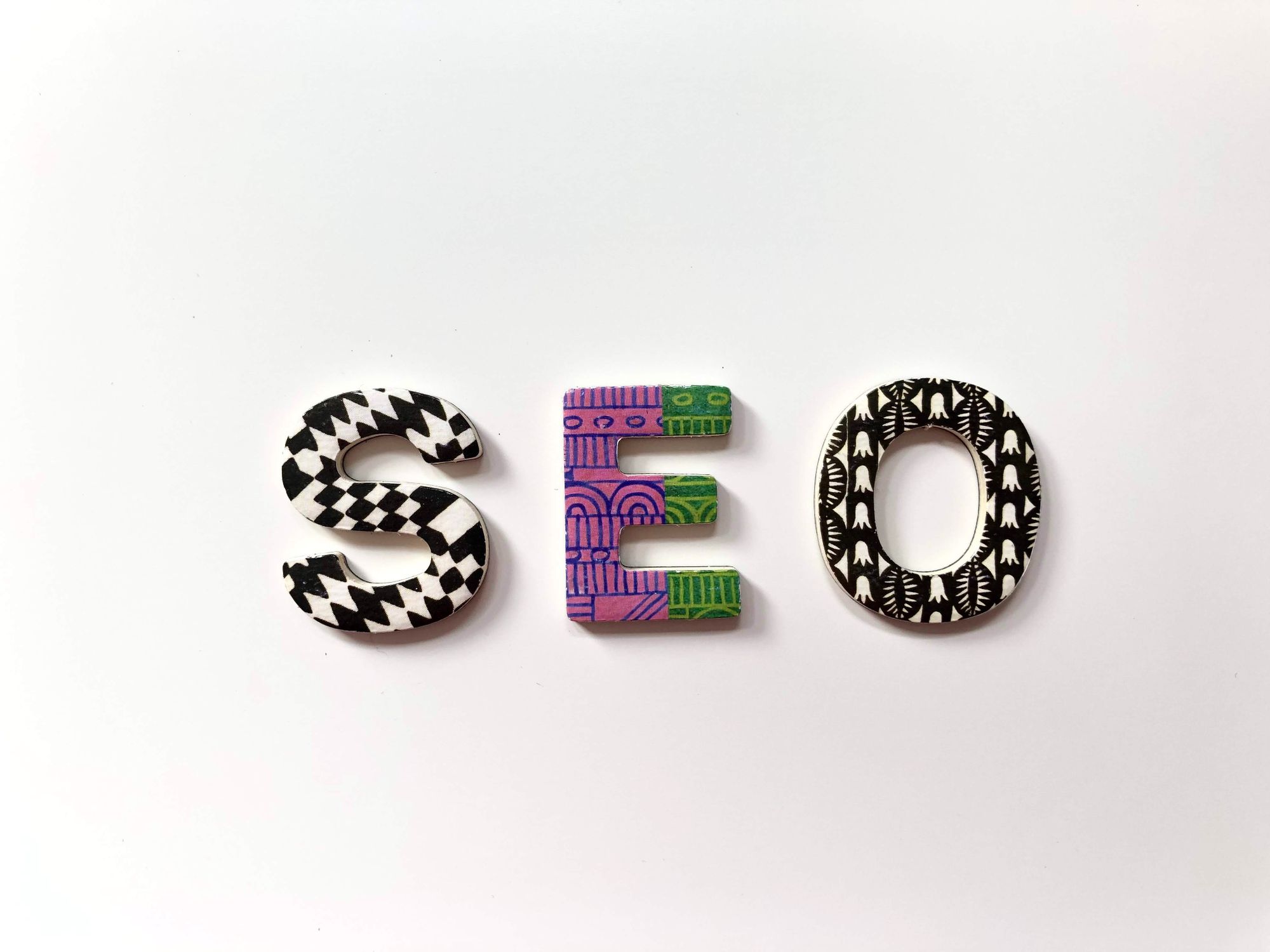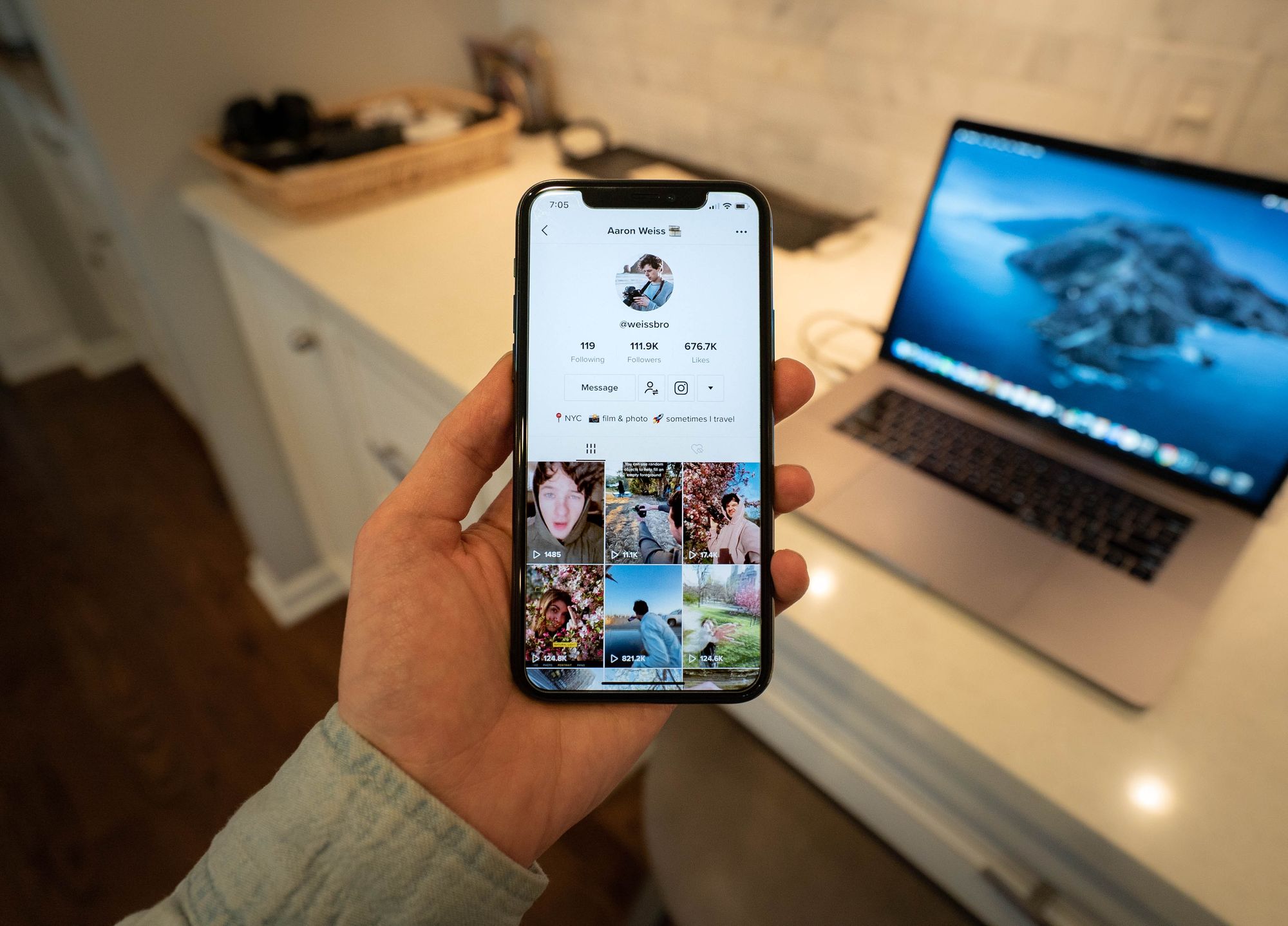Welcome to the first in our new series of posts on creating successful content to power growth in your business. This week we're sharing our overview of what content marketing is and how to develop a successful content strategy. Over the coming weeks, we'll be digging deeper into specific topics mentioned below, sharing our tips and tricks for winning and offering up step by step guides on delivering results-focused campaigns.
Content marketing is an incredible tool that can be used by all businesses, however, it's especially useful for solo entrepreneurs and small businesses with limited marketing budgets. As we focus on specific content marketing topics, we'll add extra flavor from the small entrepreneurs’ perspective so as you can maximize your return on investment and win in a big way...
Let's get started!

What is content marketing?
Overall, content marketing is all about building awareness with the communications you're putting out there for the general public to see and interact with. From newsletters to social media, short-form blasts to in-depth articles that last on-line for years, content marketing is an excellent way for you to get your brand to the widest audience possible. It's also an incredible opportunity to show personal insights into your values and to build a relationship with your potential customers.
Content creation is only part of the overall marketing mix though, but when planned out well and thought of in a strategic way, it can really deliver deep results that will drive your business forward now and in the future.
Why you need a content marketing strategy
Quite honestly, if you're not putting content out there, then how will your current and future customers know that you exist? Even worse, what will it feel like if these potential customers start buying from your competitors who are running content marketing strategies which blast you into insignificance?!
Building a content strategy takes time and is something that will develop as your business grows more and more ambitious. A solid strategy looks deep at your goals and target audience and goes directly after them without being too 'salesy'.
Marketing content is also a highly cost-effective and efficient way to advertise your business, as opposed to sinking cash directly into paid-for ads which will leave little long-term gains for your spending.

Creating value and unique marketing campaigns
Overall, you want to be looking at how your content can offer value to the reader and this usually comes from solving a direct problem that your audience will have and need. We'll dig deeper into this later on, but if for example, you run a surf school and you put surf related content out there, then you are at least aligning yourself with potential customers of your brand.
If you're putting hyper valuable content out there such as "ten best wetsuits for 2021" then you'll start to find yourself building up a following who will share your article, potentially backlink to you and trust you and your business. Developing trust is the first step to a positive 'supplier/customer' relationship.
Make sure you also develop a content strategy so as it's unique to you. Creating unique content can be approached in many ways such as content that doesn't currently exist on the web already (do your research on google, look for questions on Quora and Reddit that aren't properly answered yet).
Being 'unique' could also mean your tone, delivery, humor, attitude, or the way you write your content. Maybe you take incredible photos or deliver breaking news before everyone else? The options for great content ideas are endless.
So whatever makes you unique, embrace it! Life favors the brave and you don't want to be known as a fence sitter amongst a world of great marketing angles. Just make sure your unique value also aligns firmly with your brand. The same marketing strategy for a surf shop probably isn't going to adapt well to a firm of family lawyers...but hey, never say never...

Types of content marketing
Before we go fully down the content marketing funnel hole, it's important to think about social media marketing, short term results, medium gains, long term strategy, and long-tail content marketing. By thinking about the types of content you're putting out, you'll see that ultimately they all combine to deliver value, for different reasons.
Basically, a 360 marketing strategy can deliver much more than the sum of its parts when successfully executed. Your content creation will be an integral part of this strategy!
Ultra short term social media marketing
If you're thinking about social media marketing, then these are your social media posts each and every day. Even if your social strategy is well planned and collectively build up as part of a campaign, your tweets, Facebook posts, and Instagram photos are going to be here today and gone tomorrow.
However, if you're consistent then these ultra short-form marketing tools are great ways to build up a brand by being ever-present and riding a wave of popular culture. These social posts will also help to direct people to your main website or mailing list meaning you can target them as customers and may even make an immediate sale based on the content you're putting out.
Short-term newsletter and email marketing
Newsletters usually exist in short-term territory. Weekly mailshots and email marketing are a great way to remind your customers that you exist as well as giving insight into your company and potentially some product/purchase call to action.
Even decades since they first came to prominence, newsletters are still an incredibly useful way to market your product and services, as they really let your personality and brand shine through. Everyone has an email address and inbox, and most likely check them every day. So put some effort into your newsletters and see the open rates and click-throughs grow as your content evolves.

Using Medium-term marketing techniques
Medium-term marketing is most likely where you want to spend a lot of your content marketing time as a solo entrepreneur or small business. This area is all about brand building and can help you achieve real sales results now and in the future.
It's in the medium-term work where you'll start writing regular SEO friendly blog posts and forming content that will get picked up and shared. This is usually where you'll start writing listicles or easily digestible tips that your potential customers are searching for such as: "top ten surf destinations" or "ten best surf tips for beginners" articles. These evergreen articles are likely to get google crawling your site and help you rank organically higher on search as opposed to paying for the privilege of being near the top of the page.
When discussing medium-term strategy, I'd personally put a well-designed YouTube channel and regular podcast into the medium-term strategy section of content marketing. This is because you'll likely get results straightway with subscribers who follow your channels, as well as these assets being ever-present and searchable by future subscribers who may only discover your channels months or years later.

Long-term content marketing strategy
Long term thinking is where you're starting to enter infographics and longer-form blog posting territory. It's where you create eBooks of your articles and turn them into handy guides for solving problems (because you've already created the bulk of the content in the past). It's when your long-form blog posts have been on Google for at least 6-12 months and your domain authority is starting to rise because of shares, backlinks, and the quality and regularity of your posting.
All of these assets are a great way to get more potential customers landing on your content and unlocking value in the digital assets you've created. At this stage, real trust in your business and brand can begin to develop and you're personally likely to be seen as an expert in your field. The great news is that you're likely to sell a lot more products or services once people trust you. So although long term marketing can take a little more planning and development, the results should start to become more and more worthwhile over time.
Another bonus of high-quality content is your opportunity to share these assets time and time again across your other short-form platforms, delivering further long-tail gains. When it comes to developing a long tail, we're talking about long tail graphs, where you may get a real uptick in interest when you first release this content, but the actual positive results and rewards may come many months and years down the line.
When creating long-tail assets, you want to be looking at long-form blogs for SEO and articles which never go out of fashion, plus expert step-by-step guides to common issues that will still be searched for year after year.
You'll also want to be looking at putting real effort into your YouTube or video channels now so as your content stays relevant. A great example of this is the Yoga with Adriene channel. Adriene has been running her YouTube Yoga channel for 8 years now and she still puts out fresh content each week. However, it is not uncommon to be presented with her content from many years ago due to it still being useful to the viewer.
This means she gets viewers and gains from hew old content as well as new customers and subscribers from her fresh content! This has resulted in Yoga with Adriene building a highly successful YouTube yoga channel with 8 million subscribers and truly leveraging SEO to create content that people are genuinely already searching for.
Of course, you won't nail this every time but it is definitely worth looking at how you can consistently create evergreen content that will stand the test of time. If anything, the value will grow over time, as it strengthens your overall reputation across the web by acting as a milestone of your years in your chosen field.

How to plan your marketing in advance
The beauty of content marketing is that with so much variety on offer, you should never find yourself getting bored with creating it. Ok, so there are many content marketing best practices to adhere to and you'll definitely want to plan well in advance. However, the opportunity to use a content marketing planner to organize and plan days, weeks, and months in advance ends up creating more freedom for you on a daily basis.
Before you start though, think about who your end customer is, do some persona research if you can, and maybe even develop some customer case studies. These profiles and examples of your ideal customer will feed into your marketing messaging so as you start to get real cut-through with your audience.
It's not always seen as a priority as most likely you'll have a good idea of who your customer already is. However, a little bit of brainwork and some deep thought about your ideal potential customer and you could end up opening a whole load of new customer segments you never thought would potentially be interested in your products.

Content creation for solo entrepreneurs and small businesses
When it comes to content creation, it's important to remember that there are only so many hours in the day. If you're a solo entrepreneur or small team, when really it's a case of working out what 'marketing-mix' you feel is going to best support your goals, is manageable and fits into your working pattern.
It's very unlikely you'll be able to do everything mentioned above straightway and have time to run other parts of your business at the same time. So start small and think about what aspects work best for you.
Start by blogging, even if it's just once a week. Get some high-quality content out there that will serve you in the medium and long term. You then have some content for your newsletter which you'll want to deploy at a regular time each week. This content can then be further spun out into your social media channels.
As and when you've perfected these channels, look to widen your scope further by becoming more ambitious with your communications, but don't put all your eggs in one basket. Test, test, test and if it works as a great new customer funnel then amazing - let's double down. If it doesn't work, then no problems, let's get on with trying something else!
Quite a bit of the content marketing strategy we've mentioned is trackable and you should definitely be using the likes of google analytics for SEO and your email software to track open rates and engagement. However, for some longer-term strategy, a lot of the results can still be difficult to quantify in the here and now.
We'd recommend a good content marketing mix that allows you to measure success in the short term with targeted and trackable actions, whilst freeing up some space for more abstract campaigns which even though based in theory, may be hard to measure at present.

Amplify your content
We'll dig much deeper into this in a later blog post because creating great content is just the start of squeezing the most value out of your content.
From growing relationships with media organizations to developing agreements with influencers, there are many ways to generate a much wider reach than simply putting your content out onto the web. Every time you develop some amazing content, you'll be wanting to finder numerous ways to deliver and distribute this content to as wide an audience as possible.
Look at amplifying content by guest posting and cross-posting articles to Medium, Quora, and Reddit for extra pick-up. Plus see how you can develop tie-ins with other people, brands, and companies of similar sizes to yourself.
Another recommendation is to look at how you can outsource some of your content if you have a budget to do it of course... You'll still want to make sure you're the driver of the ideas and strategy so as you don't fully remove yourself from these important customer interactions, however, if you can find a high-quality freelancer or part-time expert to support your marketing strategy, then you could find yourself spending $1 on support to make $2, 3 or 4 in new sales. Freelancer, upwork or Fiverr are great ways to do this.
With deeper resources, you can also look to run more focused and targeted campaigns which tie in specifically with your products, seasonality, or global events, meaning you can leverage attention and interest around a central point of customer interest and play your part in the story which is already happening in the customers’ mind.

As mentioned earlier, we'll be digging deeper into everything mentioned here in our upcoming Go Solo 'content marketing series' so keep your eyes peeled for those!
Until next time…keep winning entrepreneurs
Jonny Quirk
If you like what you’ve read here or want to join the conversation around content marketing or solo entrepreneurship, hit me up on Twitter — I’m always around!
Feel inspired to start, run or grow your own business? Check out subkit.com and learn how you can turn "one day" into day one.



